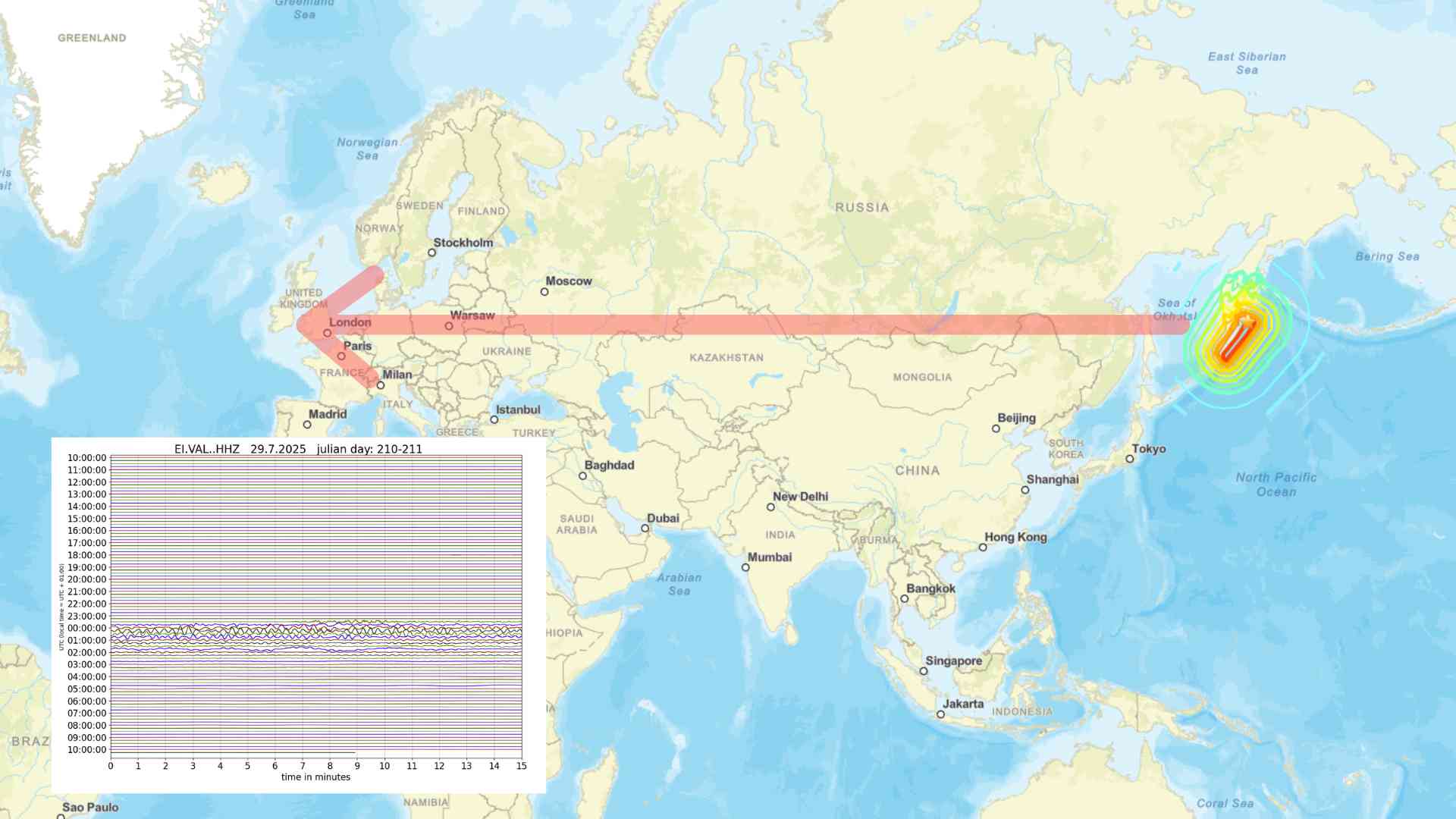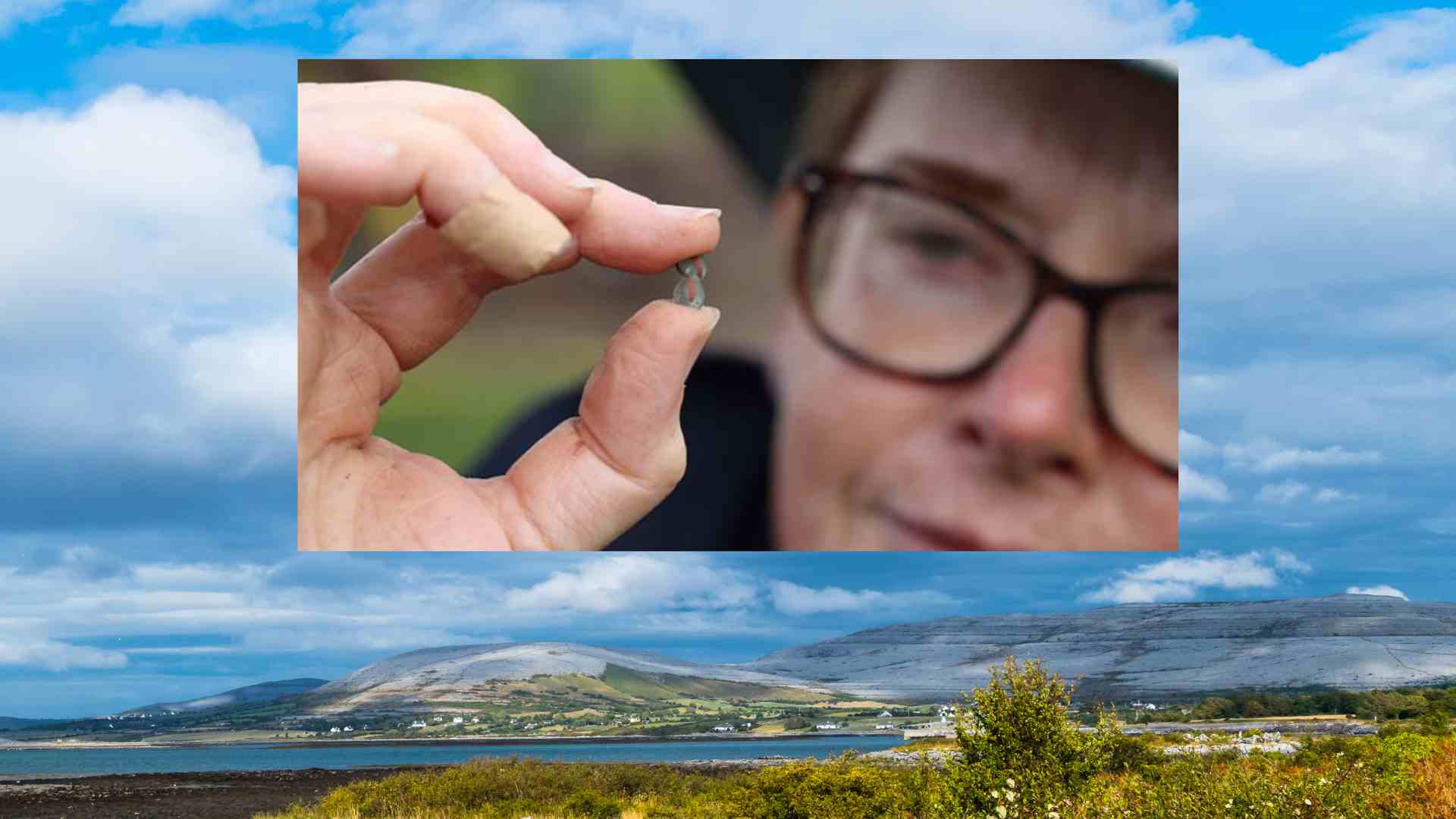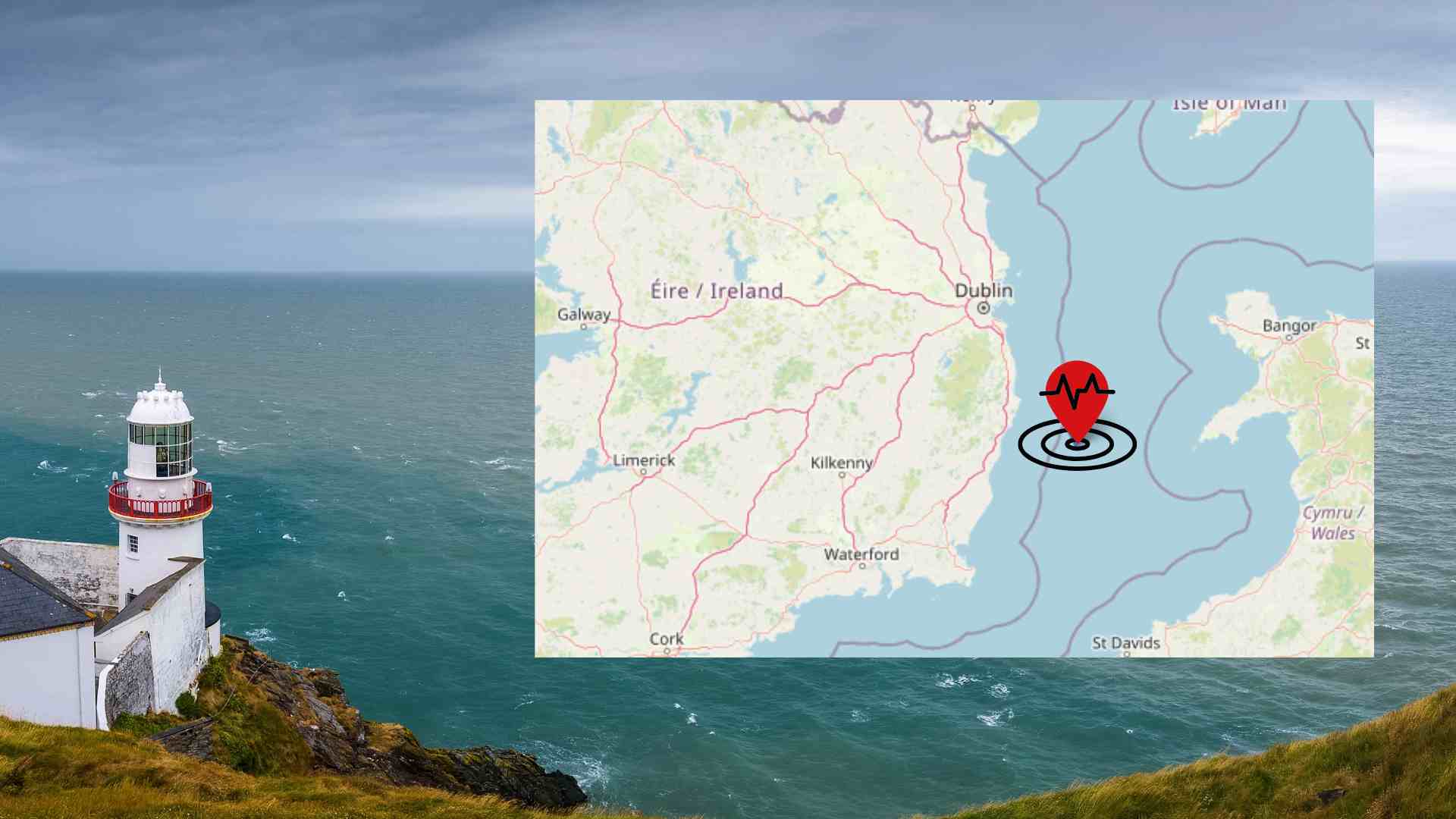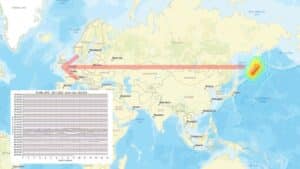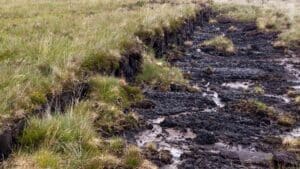
Ghost of an Ancient Rift Still Reshaping North America
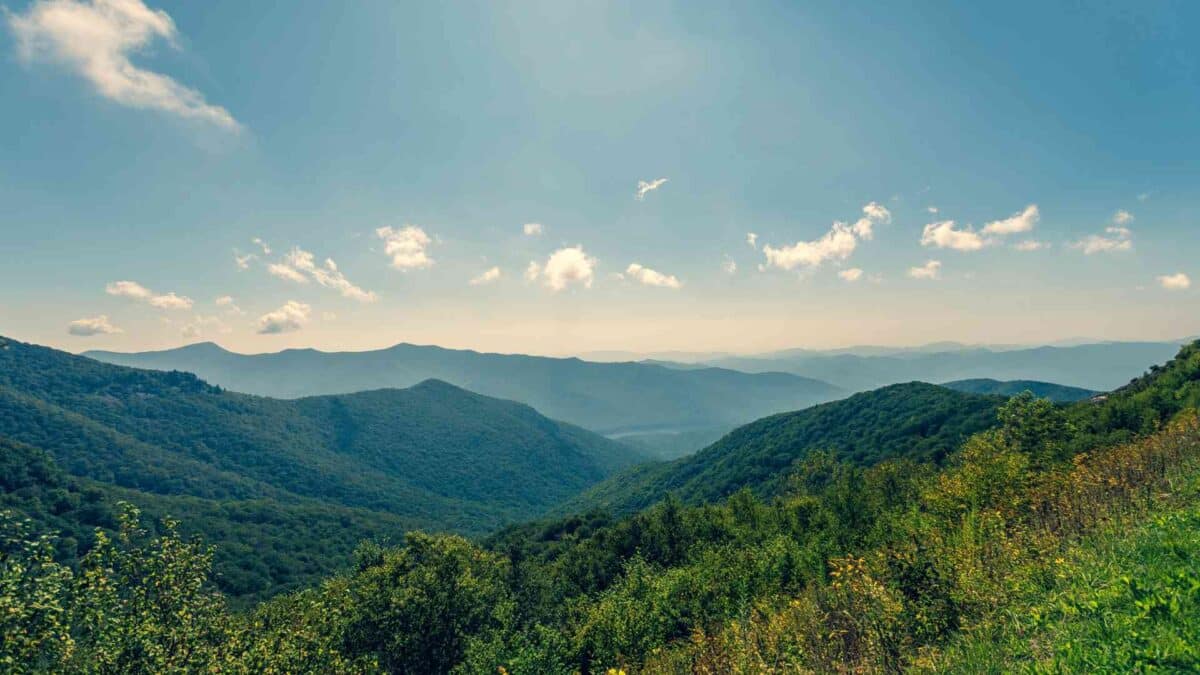
A vast pocket of unusually hot rock deep beneath the Appalachian Mountains in the US may be a lingering consequence of an ancient geological event – the splitting of Greenland from North America around 80 million years ago.
New research led by the University of Southampton suggests that the so-called Northern Appalachian Anomaly (NAA) — a 350km-wide zone of hot rock about 200km beneath New England — didn’t form during the much earlier break-up of North America from Africa (180 million years ago), as previously thought.
Instead, scientists believe it originated during the later rifting that opened the Labrador Sea, separating Greenland from Canada. Since then, this zone of hot, buoyant material has slowly drifted southwest — at roughly 20 kilometres every million years — to its present-day position.
The findings, published in the journal Geology, come from a collaboration between UK, German, and Italian researchers, and could reshape how geologists understand what’s happening deep under Earth’s surface — even in regions that have appeared geologically quiet for tens of millions of years.
Not So Quiet Beneath the Surface
“This thermal upwelling has been something of a mystery,” said Professor Tom Gernon, lead author of the study. “It lies beneath an area that’s been tectonically stable for 180 million years. But our research shows it’s part of a much deeper, slower-moving process still playing out beneath North America.”
According to the team, the heat beneath the Appalachian region could be helping to support the height of the mountains today — by making the base of the continent lighter and more buoyant, like a hot air balloon lifting off after shedding weight.

A Lava Lamp Beneath Our Feet
The researchers applied a recent concept called mantle wave theory — a finalist for Science magazine’s 2024 Breakthrough of the Year. It describes how, after continents split, dense chunks of rock can slowly detach from the base of tectonic plates and sink, while hotter mantle material rises up to replace them. Over tens of millions of years, this process creates “waves” of heat moving beneath continents — a bit like blobs in a lava lamp.
One of those waves, scientists say, is the Northern Appalachian Anomaly. Their simulations and seismic imaging suggest it formed during the rifting of the Labrador Sea and has been drifting ever since. At its current pace, the centre of the anomaly could pass beneath New York City within 15 million years.
A Mirror Image Beneath Greenland
Intriguingly, a similar hot zone has been found beneath north-central Greenland — thought to be the NAA’s twin, created on the other side of the ancient rift. The Greenland anomaly may be contributing to higher heat flow beneath the thick ice sheet, potentially influencing how the ice moves and melts.
“This shows that ancient processes are still shaping the land from below,” said Professor Gernon. “Even where the surface seems stable, deep within the Earth, the effects of continental breakup are ongoing — influencing mountains, volcanoes, and even ice sheets.”
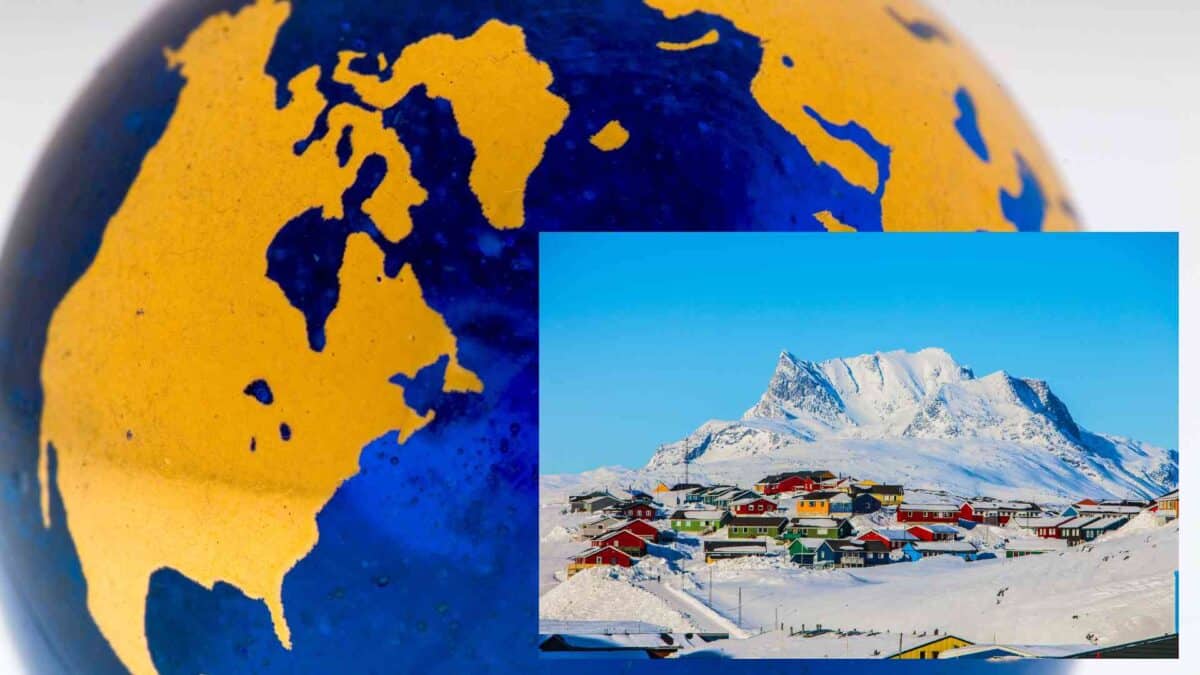
Relevance to Ireland and Beyond
While this discovery is focused on North America, the concept has wider relevance — including for Ireland and neighbouring regions. Much of Ireland’s landscape was shaped by similar rifting events hundreds of millions of years ago, and it’s possible that remnants of those deep Earth processes continue to influence local geology today.
Share this WeathÉire story:





